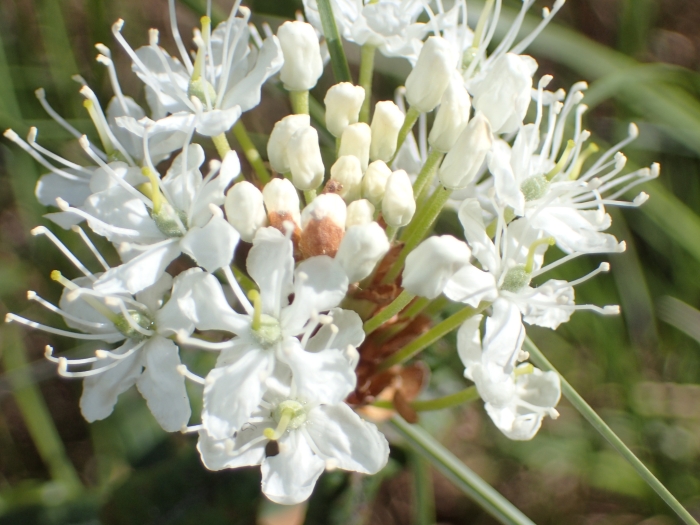Bog Labrador Tea
(Rhododendron groenlandicum)
Bog Labrador Tea (Rhododendron groenlandicum)
/
/

Connie Taylor
CC BY 4.0












































Estimated Native Range
Summary
Bog Labrador Tea is valued for its fragrant flowers, evergreen foliage, and adaptability to wet, acidic soils, making it suitable for bog gardens, wetland restoration projects, and as a ground cover in appropriate conditions. It thrives in full sun to part shade and requires medium amounts of water, preferring soils with slow to fast drainage. While it is generally low-maintenance, it is sensitive to drought and excessive heat. Gardeners should be aware of its toxic alkaloids, which can be harmful to livestock and humans if ingested in large quantities. It is not commonly used in culinary or medicinal applications due to its toxicity.CC BY-SA 4.0
Plant Description
- Plant Type: Shrub
- Height: 1-3 feet
- Width: 1-3 feet
- Growth Rate: Slow
- Flower Color: White
- Flowering Season: Spring
- Leaf Retention: Evergreen
Growth Requirements
- Sun: Full Sun, Part Shade
- Water: Medium
- Drainage: Slow, Medium, Fast
Common Uses
Bank Stabilization, Bee Garden, Bird Garden, Butterfly Garden, Fragrant, Hummingbird Garden, Low Maintenance, Rabbit Resistant, Showy Flowers, Water Garden
Natural Habitat
Native to peat bogs, wet coniferous forests, and tundra margins
Other Names
Common Names: Muskeg Tea, Swamp Tea, Hudson’s Bay Tea, Labrador-Tea, Greenland Labrador Tea, Labrador Tea, Common Labrador Tea, Lédon Du Groenland, Thé Du Labrador, Thé Velouté, Bredbladig Skvattram
Scientific Names: , Ledum groenlandicum, Ledum palustre, Rhododendron groenlandicum, Ledum palustre subsp. groenlandicum, Ledum latifolium, Ledum palustre var. latifolium, Ledum groelandicum, Ledum pacificum, Ledum canadense
GBIF Accepted Name: Rhododendron groenlandicum (Oeder) Kron & Judd